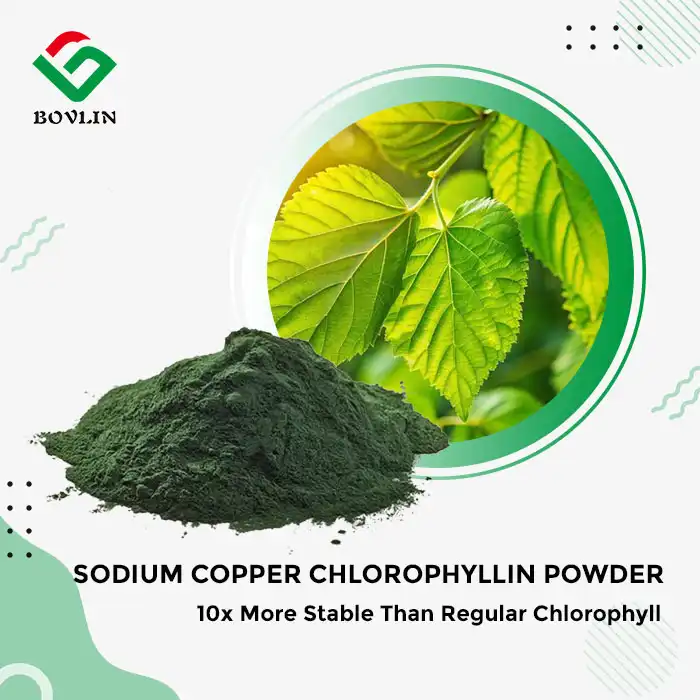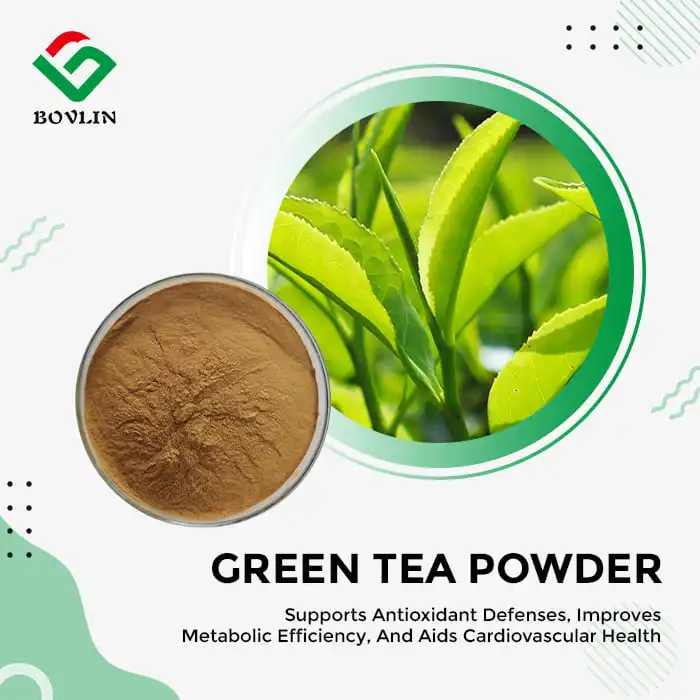How is Walnut Peptide Produced from Walnut Protein?
Extraction of Walnut Protein
The first step in producing walnut peptide involves extracting protein from defatted walnut meal. Walnuts naturally contain a significant amount of oil, so defatting is essential to improve protein yield and purity. This is typically done using solvent extraction methods. Once the oil is removed, the remaining meal undergoes alkaline extraction, where a basic solution solubilizes the protein. The protein is then precipitated by adjusting the pH to an acidic range. The precipitated walnut protein is collected, dried, and used as the base material for further hydrolysis.
Enzymatic Hydrolysis
After obtaining walnut protein isolate, enzymatic hydrolysis is carried out to break down the protein into smaller peptides. This is achieved by adding specific proteolytic enzymes under controlled temperature and pH conditions. Enzymes such as alcalase, pepsin, and trypsin are selected based on the desired peptide properties and bioactivities. Each enzyme targets different peptide bonds, resulting in fragments with varied biological effects. The hydrolysis process is closely monitored to optimize yield and functionality, producing walnut peptides with enhanced solubility, digestibility, and potential health benefits.
Purification and Characterization
Once hydrolysis is complete, the peptide mixture contains a wide range of molecular weights and compositions. To isolate functional peptides, purification techniques such as ultrafiltration, gel filtration chromatography, and ion-exchange chromatography are used. These methods separate peptides by size or charge, enabling the selection of targeted fractions. The purified peptides are then characterized using analytical tools like mass spectrometry and amino acid sequencing. This step helps determine their molecular profiles and bioactivities, ensuring they meet specific functional or nutritional requirements for use in health foods or supplements.
Key Nutritional Benefits of Walnut-Derived Peptides
Antioxidant Properties
Walnut-derived peptides possess strong antioxidant capabilities that play a significant role in reducing oxidative stress within the body. These peptides are known to effectively scavenge reactive oxygen species (ROS), chelate pro-oxidative metal ions like iron and copper, and boost the activities of antioxidant enzymes such as superoxide dismutase (SOD) and glutathione peroxidase. Through these mechanisms, walnut peptides help protect cellular components including DNA, proteins, and lipids from oxidative damage, making them valuable in functional foods designed to support cellular resilience and healthy aging.
Anti-Inflammatory Effects
The anti-inflammatory effects of walnut peptides have attracted attention in the field of nutritional science. These bioactive peptides can interact with inflammatory signaling pathways, helping to suppress the release of pro-inflammatory cytokines such as TNF-α, IL-6, and IL-1β. By modulating key transcription factors like NF-κB, walnut peptides may reduce chronic low-grade inflammation, which is linked to various health conditions. Their inclusion in dietary supplements or functional foods offers potential benefits for individuals dealing with inflammation-related disorders, promoting immune balance and long-term wellness.
Cardiovascular Health Support
Walnut peptides have shown promise in promoting cardiovascular health through multiple mechanisms. Some studies have reported their ability to inhibit angiotensin-converting enzyme (ACE), which plays a role in regulating blood pressure by narrowing blood vessels. Inhibiting this enzyme may help lower blood pressure levels naturally. Additionally, walnut peptides may support lipid metabolism by improving the balance of cholesterol levels, potentially reducing LDL while supporting HDL. These combined effects make walnut-derived peptides a functional ingredient of interest for heart health formulations and preventive nutrition.
Industrial Applications in Functional Food Development
Fortification of Dairy Products
Walnut peptide powder is finding applications in the dairy industry as a functional ingredient for product fortification. It can be incorporated into yogurts, cheese, and milk-based beverages to enhance their nutritional profile. The addition of walnut peptides not only increases the protein content but also introduces potential health-promoting properties to these dairy products.
Enhancement of Bakery and Snack Items
The food industry is exploring the use of walnut peptides in bakery and snack food applications. These peptides can be integrated into bread, cookies, crackers, and other baked goods to boost their nutritional value. The antioxidant properties of walnut peptides may also contribute to extended shelf life in certain products by inhibiting lipid oxidation.
Innovation in Plant-Based Protein Products
As the demand for plant-based protein sources continues to grow, walnut peptides offer a unique opportunity for innovation in this sector. Manufacturers are incorporating walnut peptide powder into plant-based meat alternatives, protein bars, and nutritional shakes. These applications not only enhance the amino acid profile of the products but also leverage the functional properties of walnut peptides to improve texture and flavor.
Conclusion
Walnut peptide represents a promising ingredient in the functional food industry, offering a combination of nutritional benefits and technological advantages. Its production through enzymatic hydrolysis of walnut protein yields bioactive compounds with potential antioxidant, anti-inflammatory, and cardiovascular-supporting properties. As the food industry continues to seek innovative, plant-based solutions for health-conscious consumers, walnut peptide powder is poised to play a significant role in functional food development. Its versatility in various food applications, from dairy to bakery products and plant-based alternatives, underscores its value as a multifunctional ingredient for manufacturers looking to enhance the nutritional profile and appeal of their products.
Contact Us
For more information about walnut peptide and its applications in functional food development, please contact Shaanxi Bolin Biotechnology Co., Ltd. at sales1@bovlin.com. Our team of experts is ready to assist you in leveraging this innovative ingredient for your product development needs.












